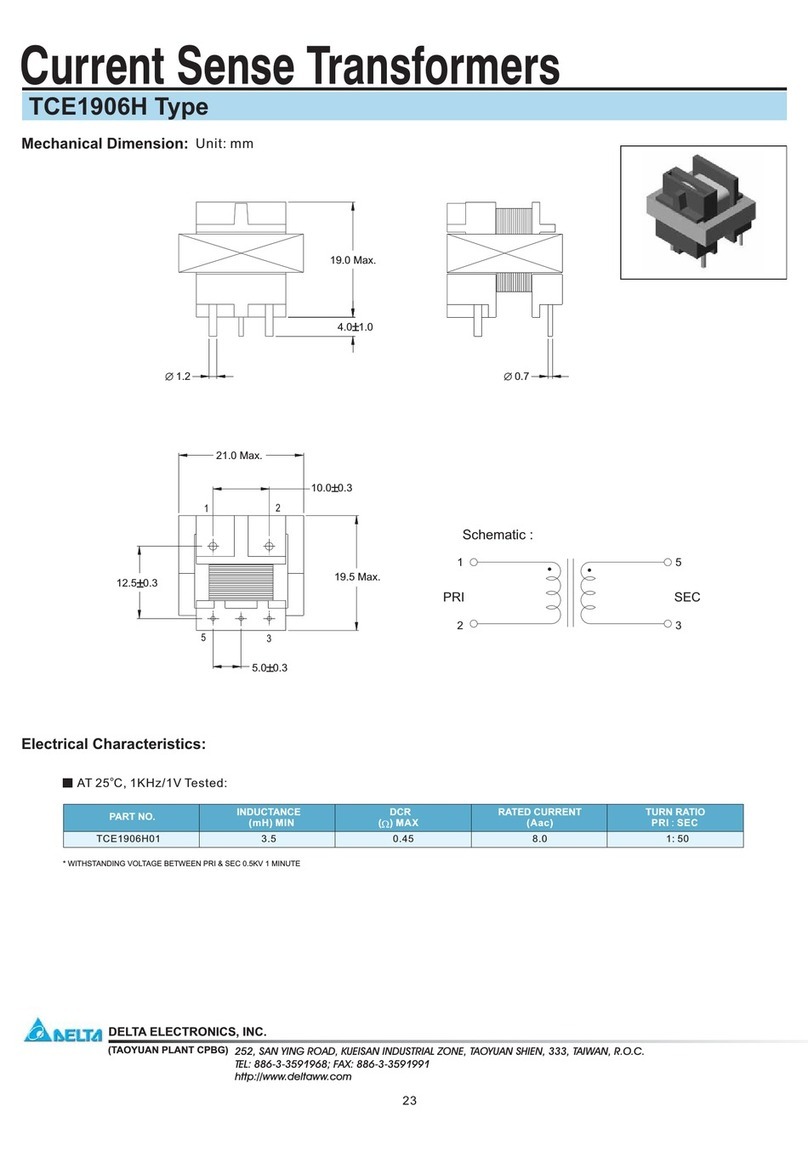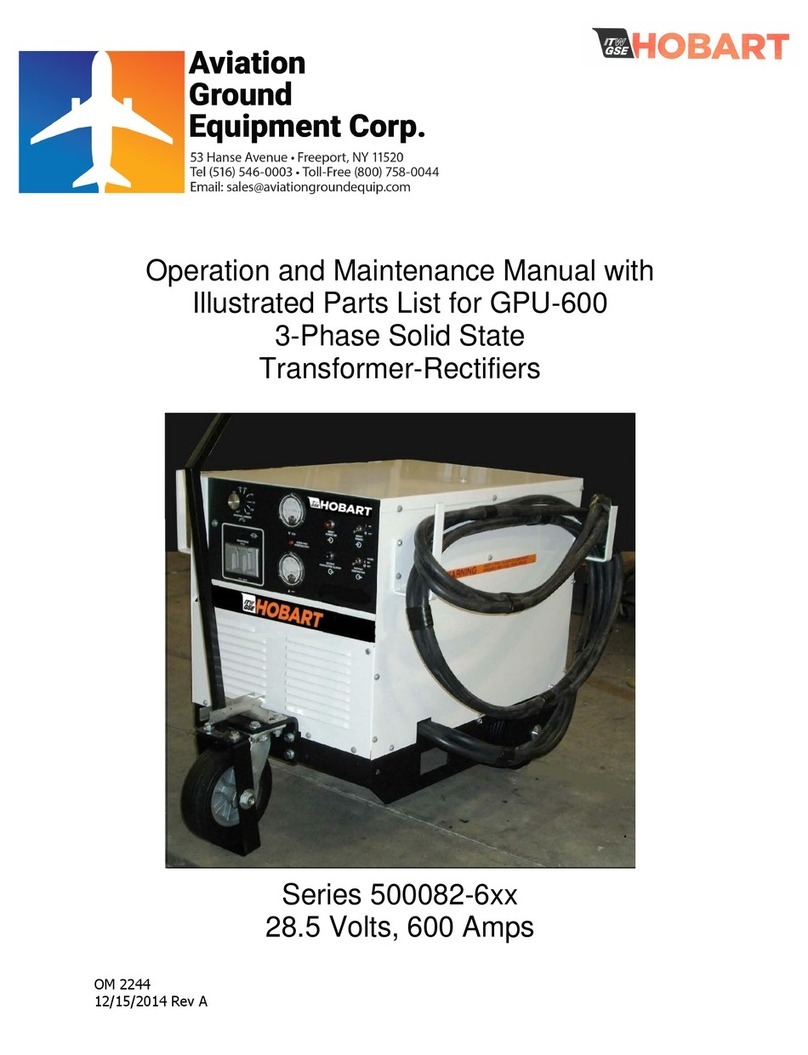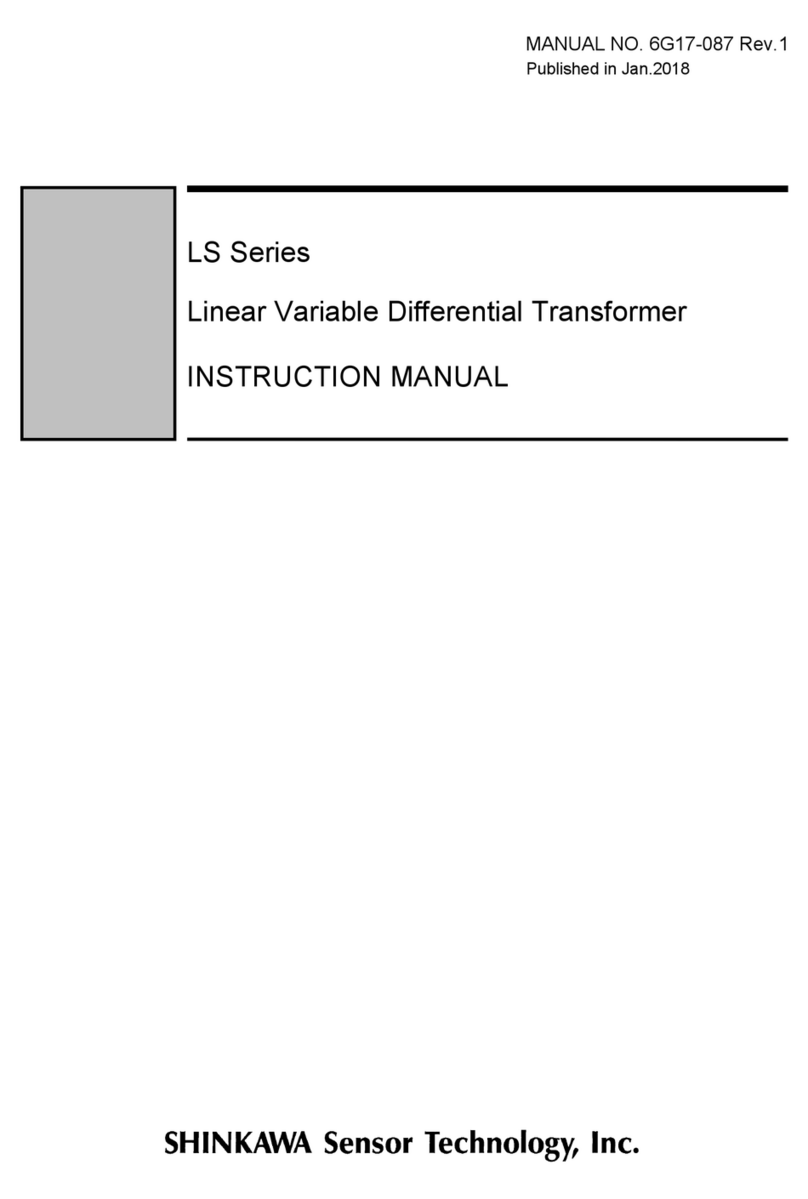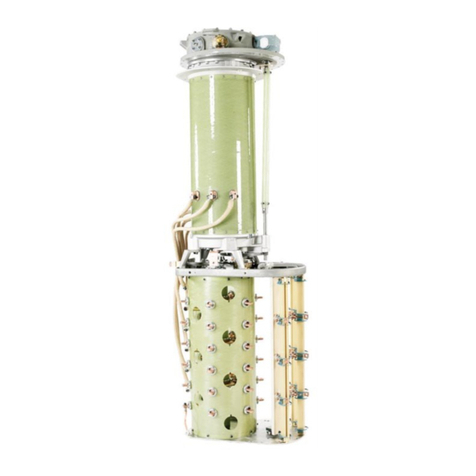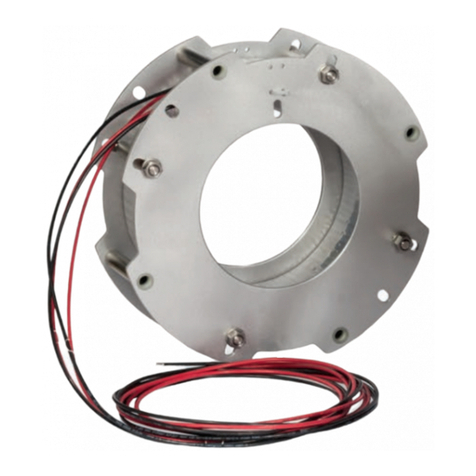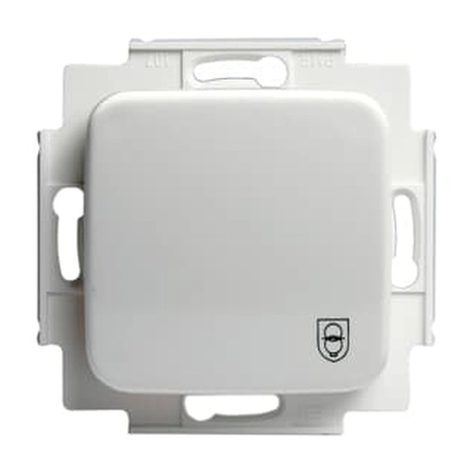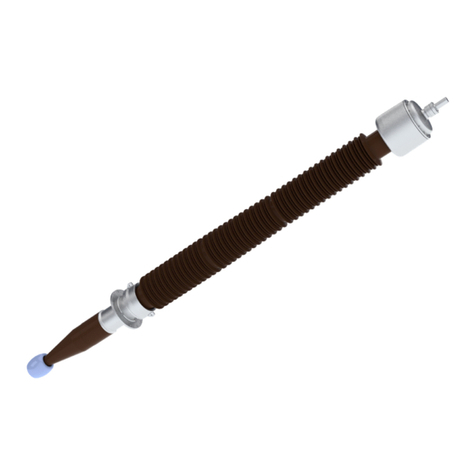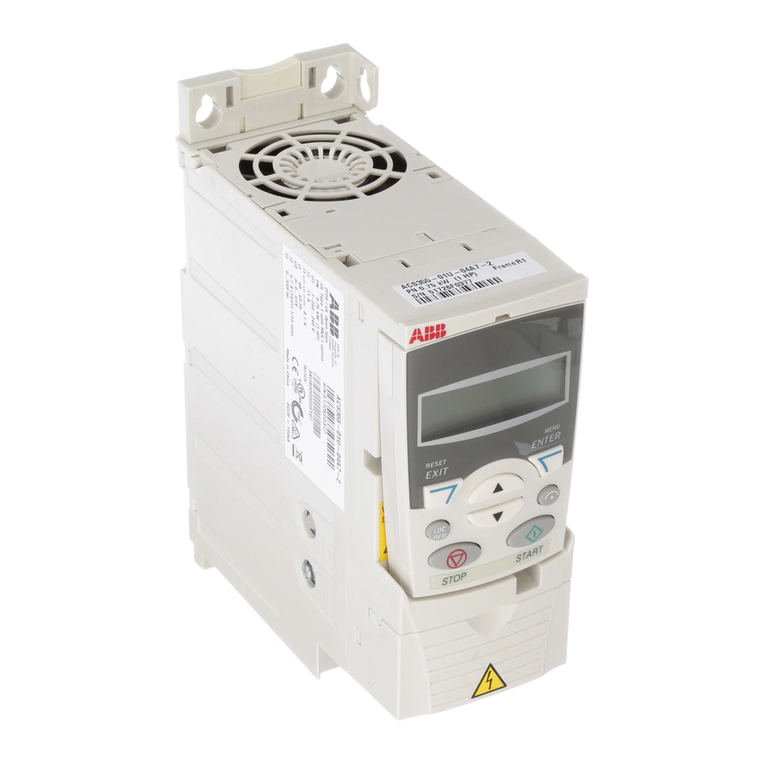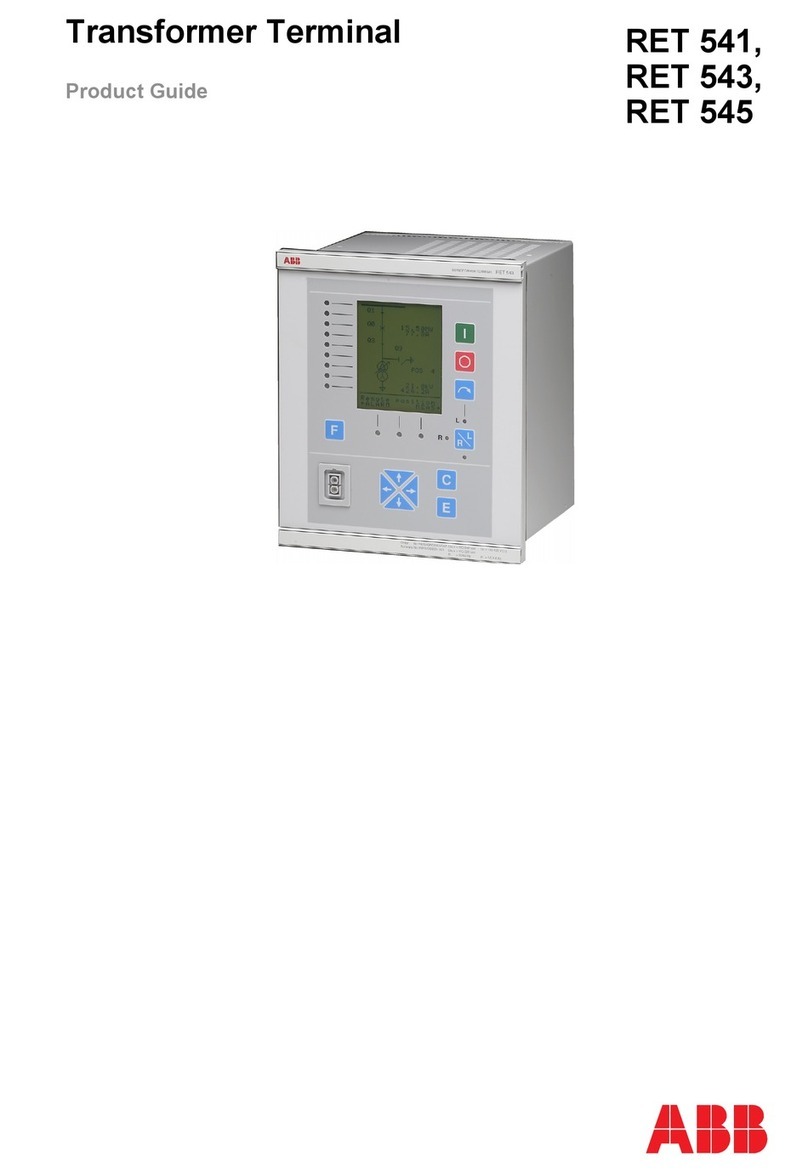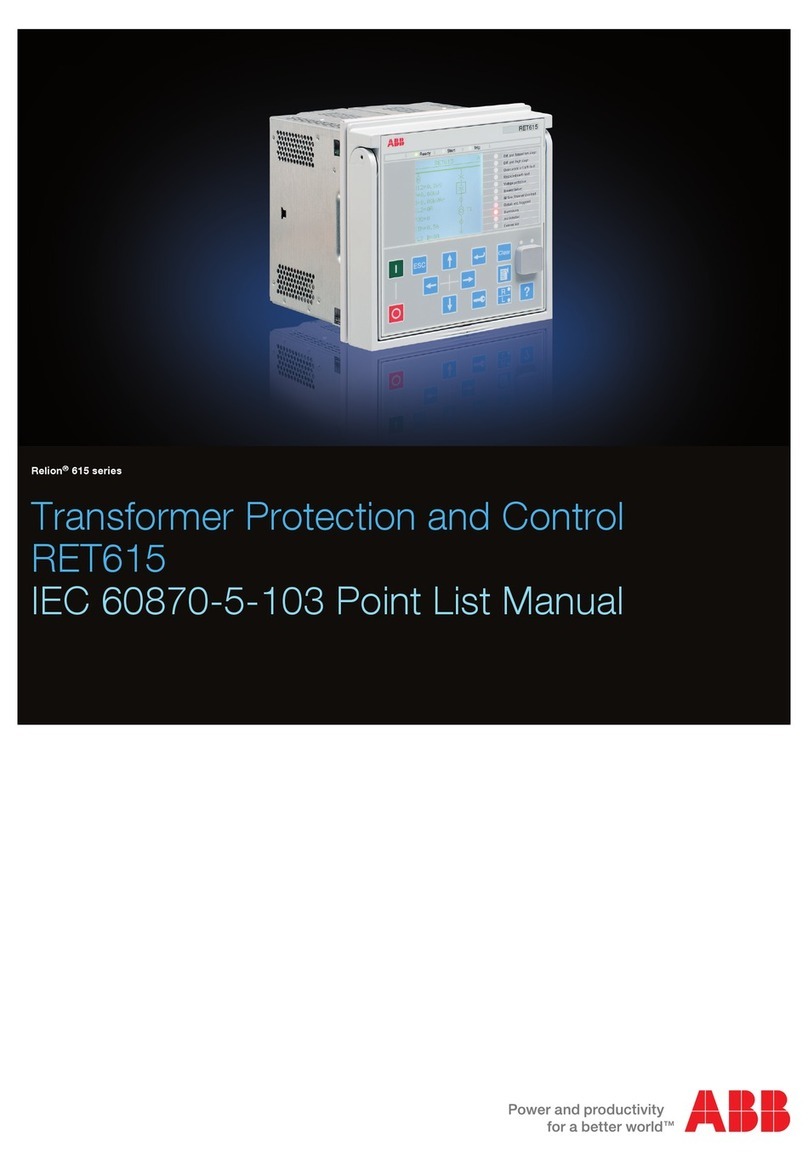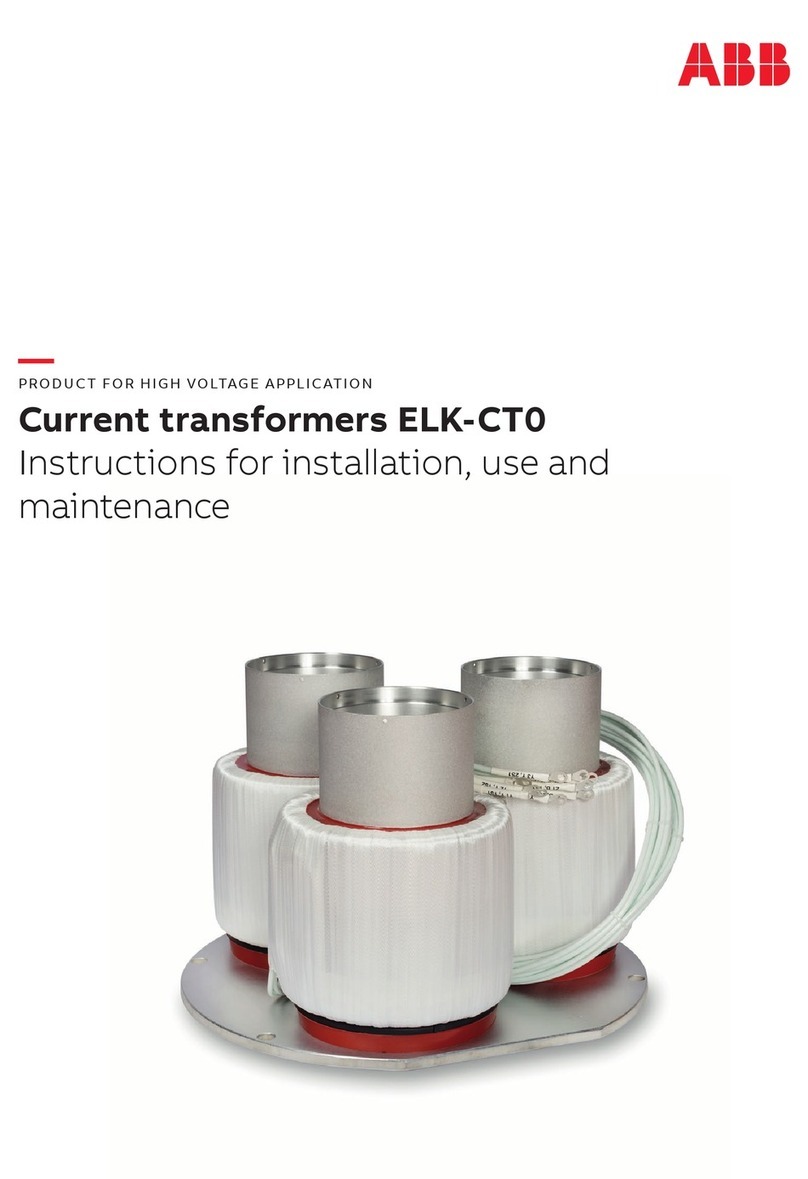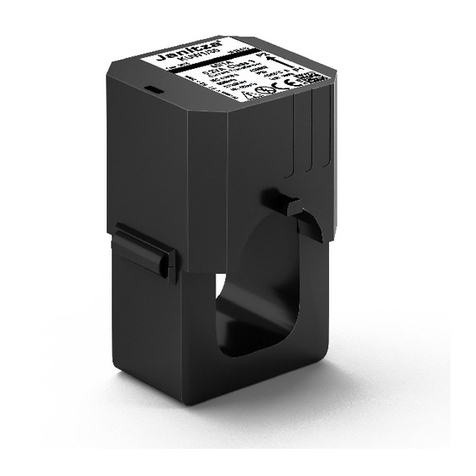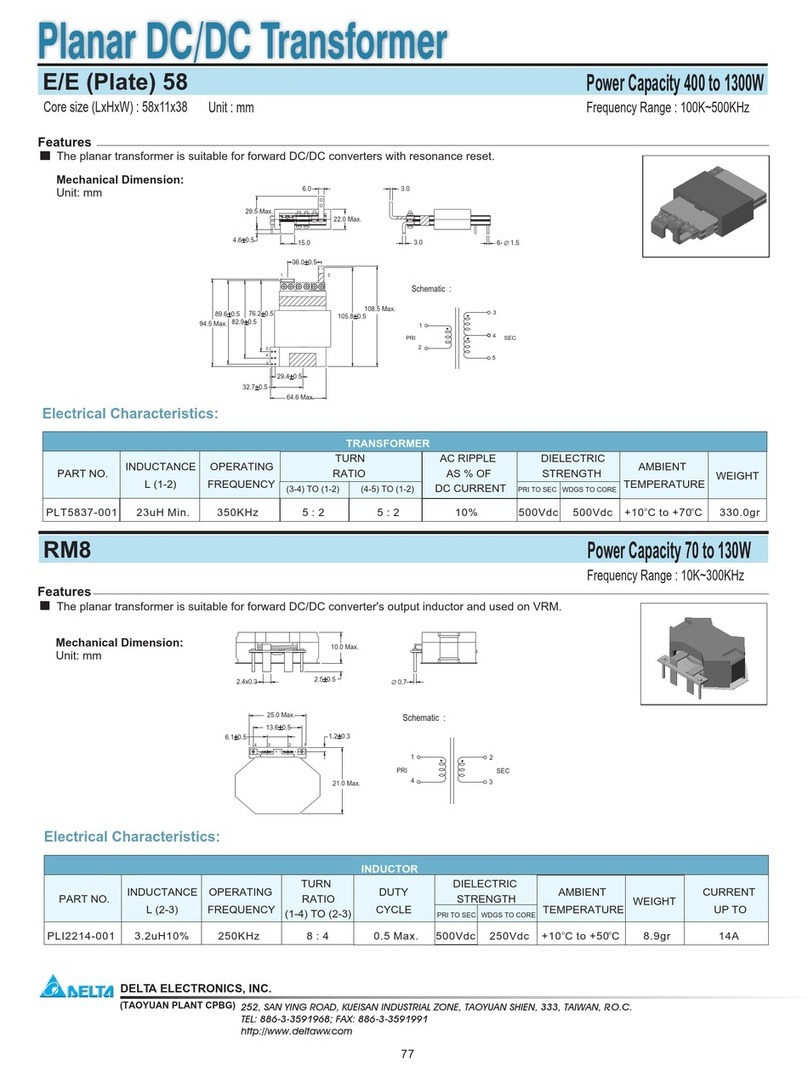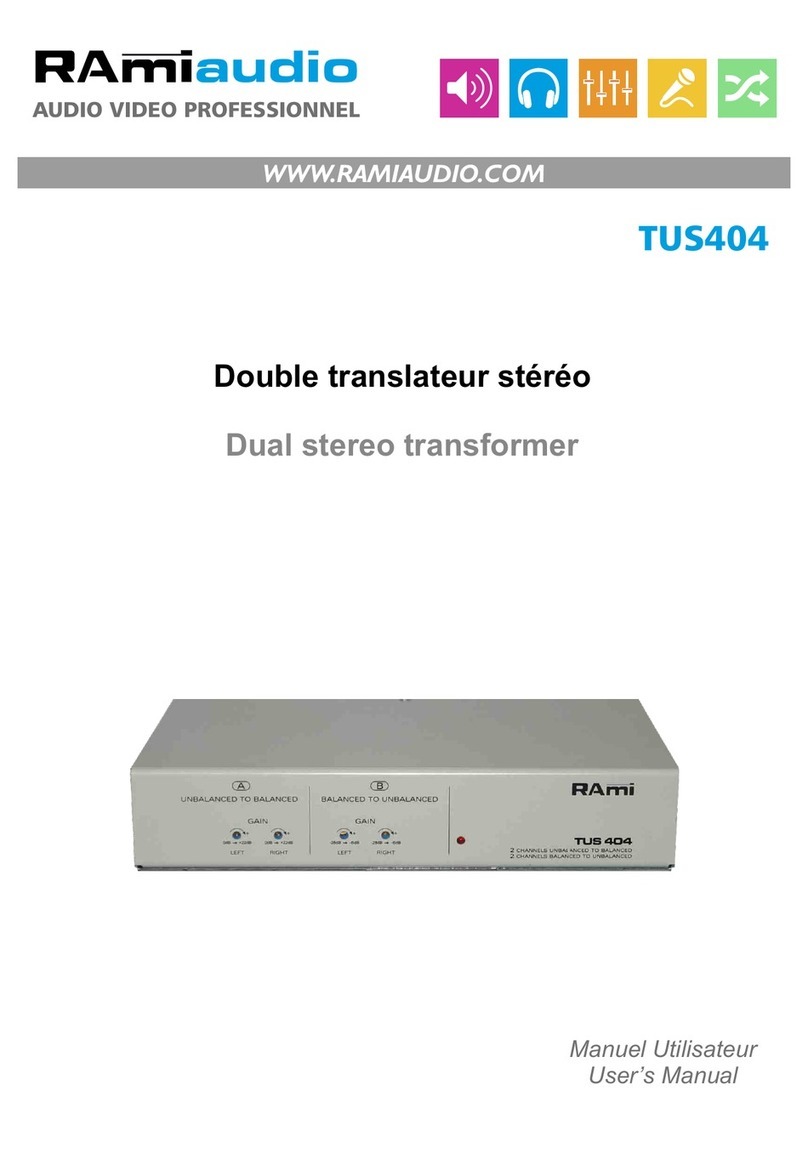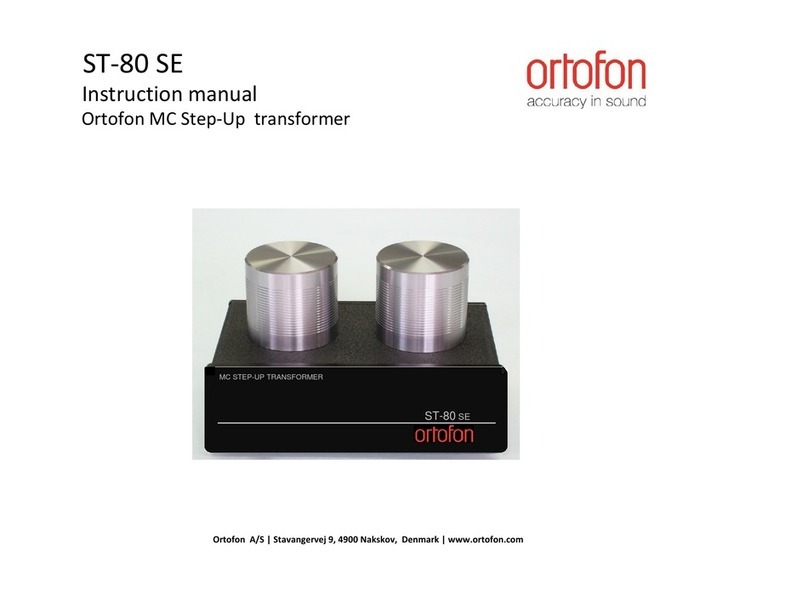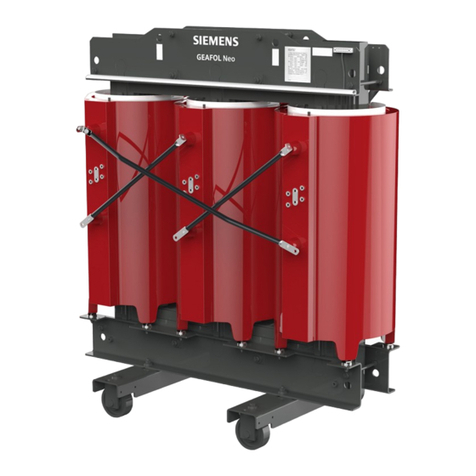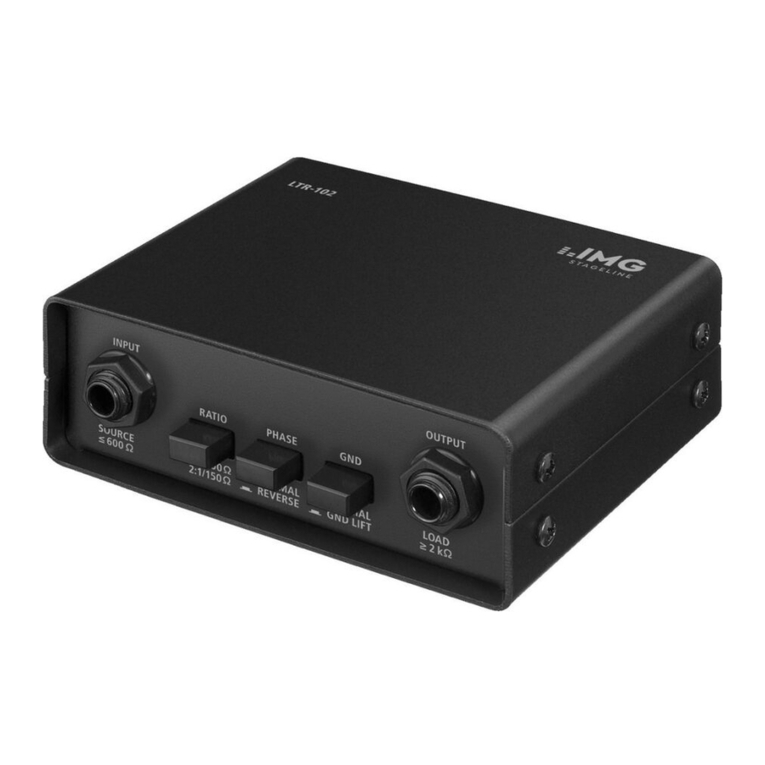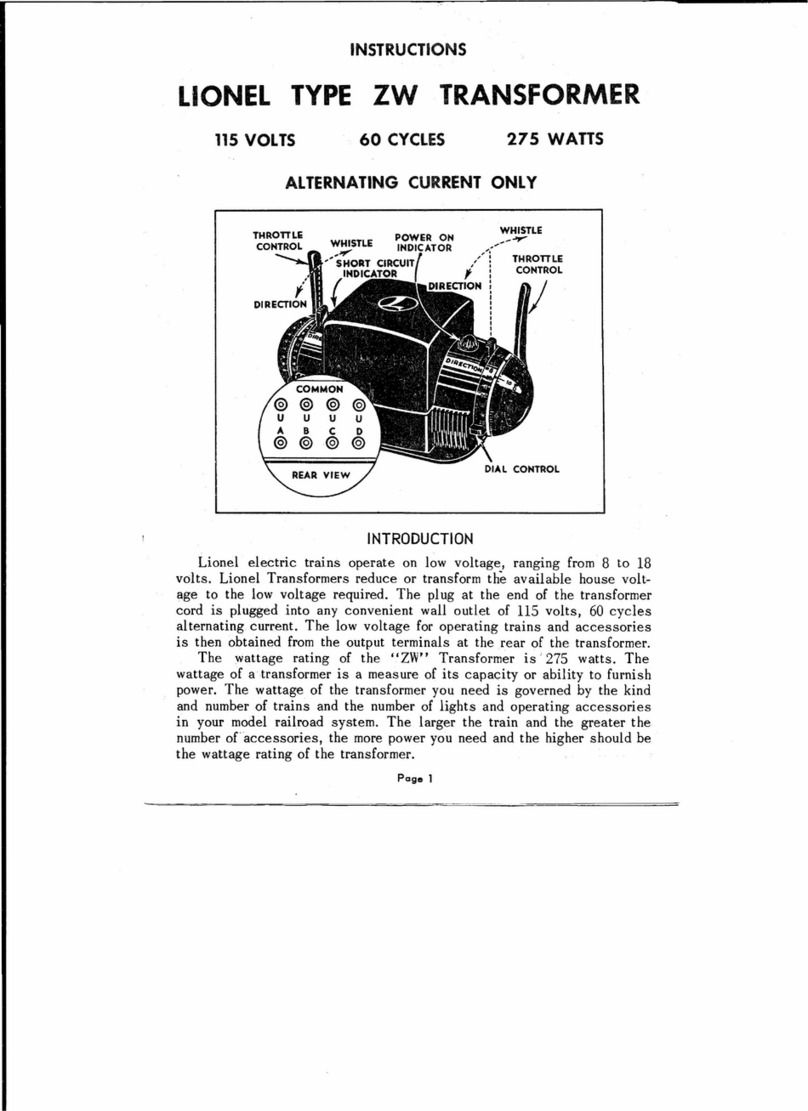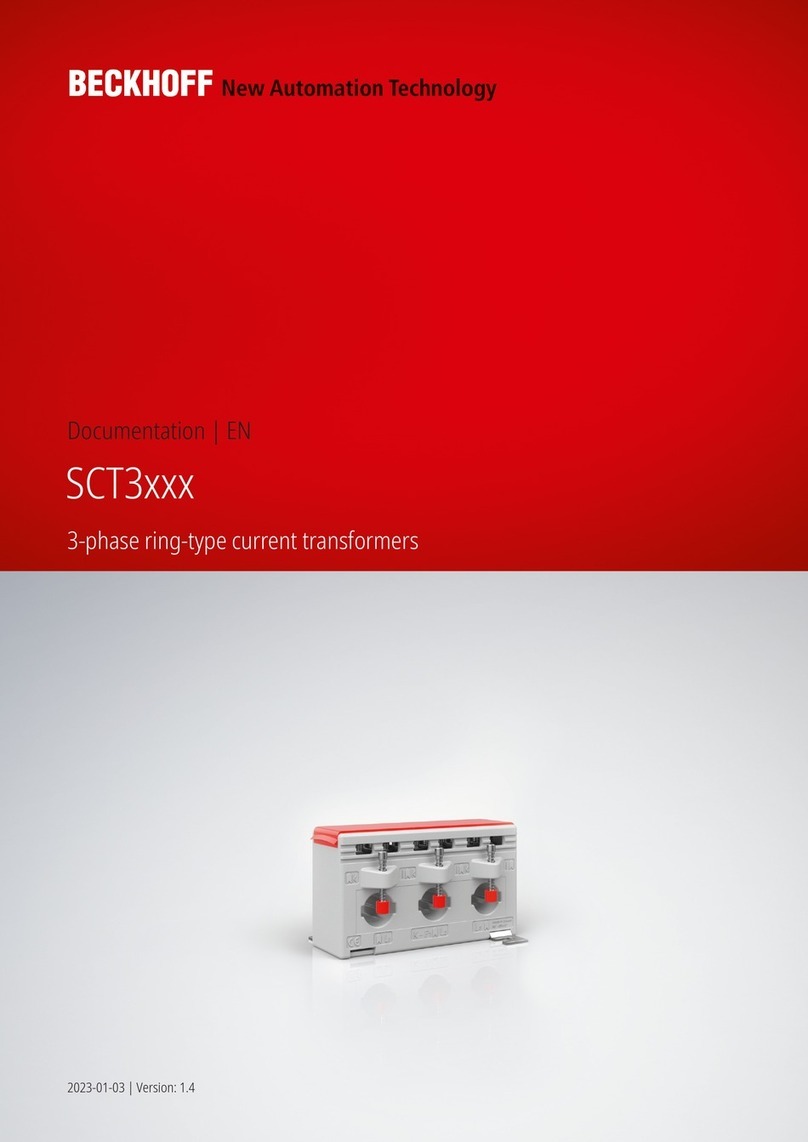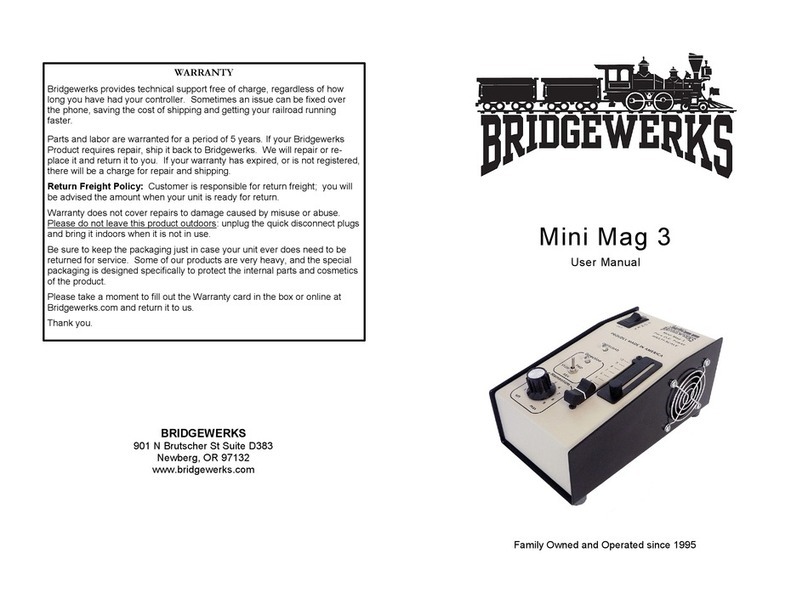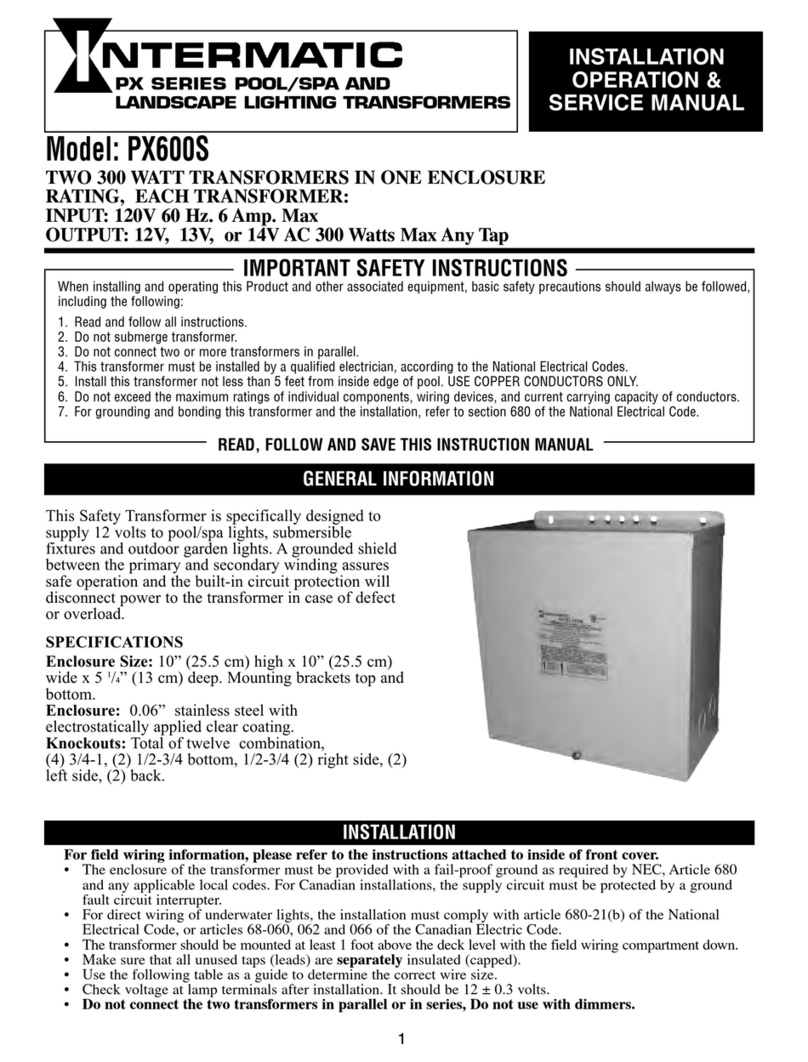
prior to energizing the transformer. Refer to instruction
manual from the neutral grounding resistor supplier.
7.5 Connections
During installation, the recommended sequence of
connections is to first make all ground connections, then
the low voltage connections, and finally the high voltage
connections. The transformer should be removed from
service by reversing the above sequence of connections.
Carefully check the transformer nameplate for its rating and
the connections that can be made to it. Avoid excessive
strain on the bushing terminals or insulators. This could
loosen the contact joints or damage the insulators.
7.5.1 Secondary terminations
Secondary terminations are high current carrying devices
and all bolted or crimped points should be checked
prior to energizing the unit to assure the joints are tight.
When threaded terminators are attached to the threaded
secondary stud, install a backup nut on the threaded
secondary stud and back up tightly against the threaded
terminator to ensure maximum contact and to minimize
joint resistance and reduce the possibility of overheating.
7.6 Liquid Level
WARNING: ENERGIZATION OR OPERATION OF
THE TRANSFORMER WITH THE INSULATING
LIQUID LOWER THAN 1⁄2 INCH BELOW THE 25° C
LEVEL (1⁄2 INCH BELOW THE BOTTOM EDGE OF
THE LIQUID LEVEL PLUG) CAN CAUSE SEVERE
INJURY, DEATH, OR PROPERTY DAMAGE.
Never operate or apply voltage to transformer if the liquid
level is below the 25 degree C liquid level plug more than
1⁄2 inch. Check the liquid level before the transformer is
energized to ensure the proper liquid level.
NOTE: Cold temperatures can cause the liquid level to
drop, through contraction, by more than 1⁄2 inch. When this
happens, the liquid should be heated to allow for expansion
to the proper liquid level or additional liquid is to be added
to bring the liquid level up to within 1⁄2 inch of the liquid
level plug. This liquid will then have to be removed when
the unit has reached normal operating temperature. Follow
the maintenance information in Section 10.0 when adding
and removing any liquid.
7.7 Cabinet Security
WARNING: FOR UNITS WITH AIR TERMINAL
CHAMBERS (ATC’s) FAILURE TO PROPERLY
SECURE THE CABINET MAY ALLOW ACCESS
BY UNAUTHORIZED PERSONNEL WHICH CAN
CAUSE SEVERE INJURY, DEATH, OR PROPERTY
DAMAGE.
Before leaving the site of an energized transformer, make
sure that any protective or insulating barriers are in place,
the air terminal chamber is completely closed, and all
locking provisions are properly installed.
The following procedure should be used to assure air
terminal chamber security.
A. Close the left door and secure it in place with the
captive bolts supplied (pentahead or hexhead).
B. Close the right door and secure it in place by rotating
the handle in a clockwise direction until seated (handle
should then be in a vertical orientation).
C. Tighten the safety bolt (pentahead or hexhead) located
in the locking tube until fully seated.
D. Install a padlock through the door handle and locking
tube and secure.
E. Check both the left and right doors for proper fit and
security.
8.0 OPERATION
This transformer was built and tested in accordance with
the latest version of the following standards of American
National Standards Institute:
ANSI C57.12.00 — General Requirements for
Liquid-Immersed Distribution, Power and Regulating
Transformers.
ANSI C57.12.90 — Test Code for Liquid-Immersed
Distribution, Power and Regulating Transformers, and
Guide for Short-Circuit Testing of Distribution and Power
Transformers.
The unit substation transformer is an integral part of the
distribution system and consideration must be given to
proper protection from system disturbances. Protection
from excessive voltage transients and severe over currents
should be provided. To allow proper operation of over
current devices that may be supplied with the transformer,
coordination with system over current protection must be
achieved. For Unit Substations, over current protection
and over voltage protection are typically provided in the
adjoining high or medium voltage section or in the adjoining
low voltage section. Refer to applicable instruction booklets
for details.
9.0 ACCESSORIES AND COMPONENTS
9.1 Bushings
CAUTION: REMOVE ALL DIRT AND FOREIGN
MATERIAL FROM ALL BUSHINGS BEFORE
PLACING TRANSFORMER IN SERVICE. READ AND
FOLLOW THE MANUFACTURER’S INSTRUCTIONS
FOR INSTALLING SEPARABLE INSULATED HIGH
VOLTAGE CONNECTORS. DO NOT ENERGIZE
THE TRANSFORMER WITH THE SHIPPING CAPS
ON THE BUSHINGS OR INSERTS. DO NOT
OPERATE THE TRANSFORMER BEYOND THE
MANUFACTURER’S RATING. FAILURE TO DO SO
CAN CAUSE PERSONAL INJURY OR PROPERTY
DAMAGE.
9.1.1 Separable Insulated Connectors
Separable insulated connectors may be universal bushing
wells, integral bushings or bushing wells with inserts
installed. They may be either loadbreak or non-loadbreak.
Page 4


